Buenos Aires throbs with tango, but the dance’s skyrocketing popularity has meant that many places now cater primarily to tourists seeking spectacle rather than substance. The city’s real tango heart tends to be found in hidden neighborhood nooks where locals come to embrace this cultural heritage far away from camera flashes and tour buses.
These small-scale venues safeguard the emotional intensity and communal ties that originally took hold in working-class barrios more than a century ago. Below is a list of 15 off-the-beaten-path tango sanctuaries where you can experience this passionate art form in more genuine, informal settings among porteños who dance for love and not display.
La Catedral Club

This former warehouse in Almagro maintains a delightfully disheveled ambiance with mismatched furniture and faded grandeur – the kind of beautiful decay that can’t be manufactured. The wooden dance floor shows fascinating wear patterns created by thousands of pivoting feet throughout decades of use.
Weeknight práctica sessions attract serious dancers of all ages who come to refine their technique in a supportive atmosphere that’s refreshingly tourist-free.
El Motivo

This neighborhood milonga sits hidden in Villa Crespo, operating in a converted living room where original family photos still adorn the walls. The cozy setting fits no more than thirty dancers, creating an atmosphere where everyone exchanges familiar nods by evening’s end.
The proprietor typically serves homemade empanadas during breaks, heightening the sensation that you’ve crashed a private gathering rather than visited a commercial establishment.
Club Gricel
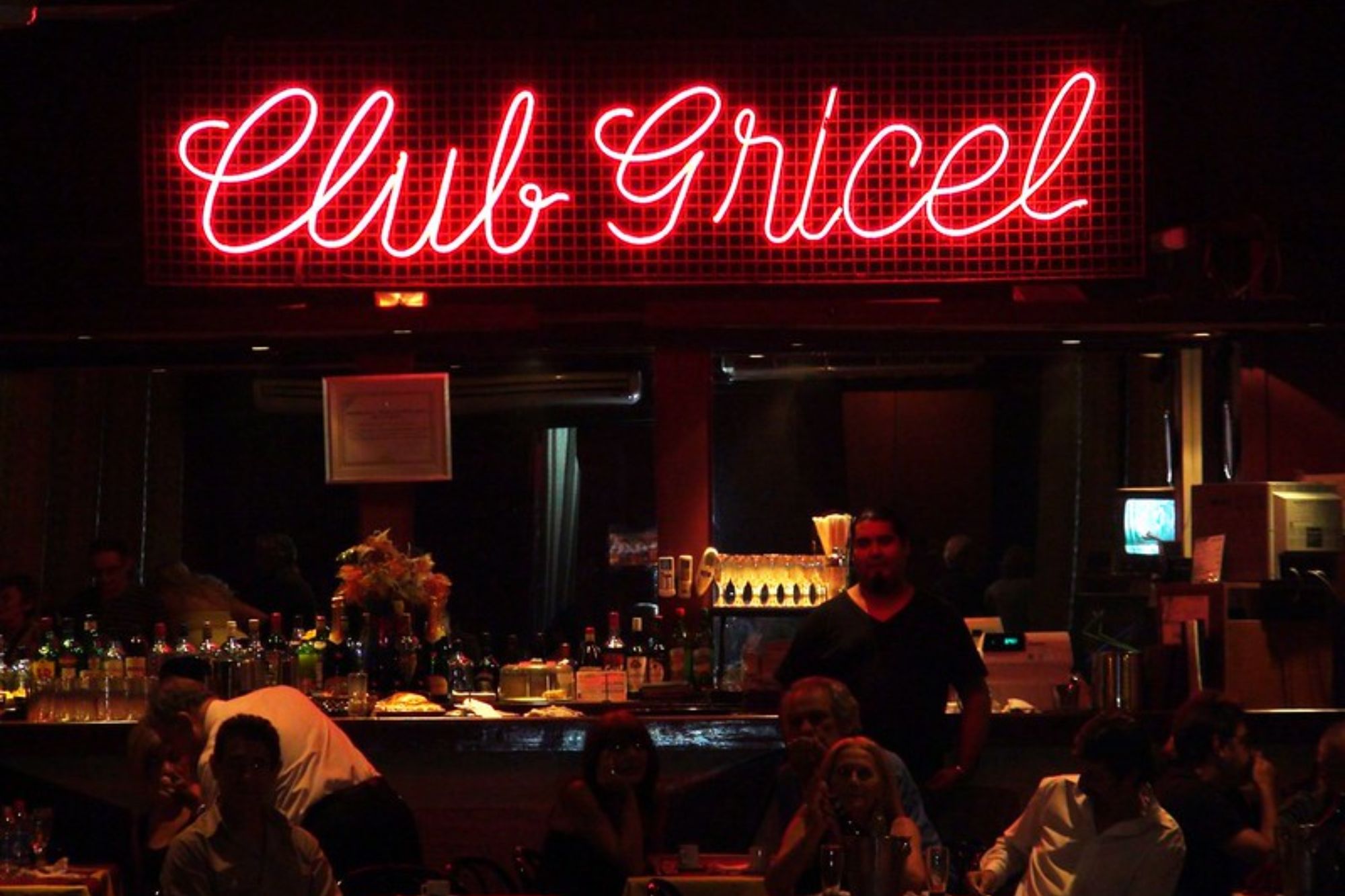
This traditional milonga occupies what was once a grocery store – its original tile floor is now polished to a soft sheen by countless dance steps. The weekday afternoon sessions draw retired couples who’ve been dancing together for half a century alongside curious newcomers seeking authenticity without pretense.
They’ve kept the unwritten seating arrangement that separates men and women on opposite sides, preserving the traditional cabeceo method of invitation through subtle eye contact.
Like Travel Pug’s content? Follow us on MSN.
La Virtua

This unmarked milonga operates in the back room of a neighborhood social club where generations of families have gathered forever – or so it seems. The complete absence of exterior signage ensures only those genuinely in the know will discover this sanctuary of traditional tango.
Elderly musicians perform live arrangements faithful to tango’s golden age, maintaining tempos perfectly suited for social dancing rather than theatrical performance.
La María
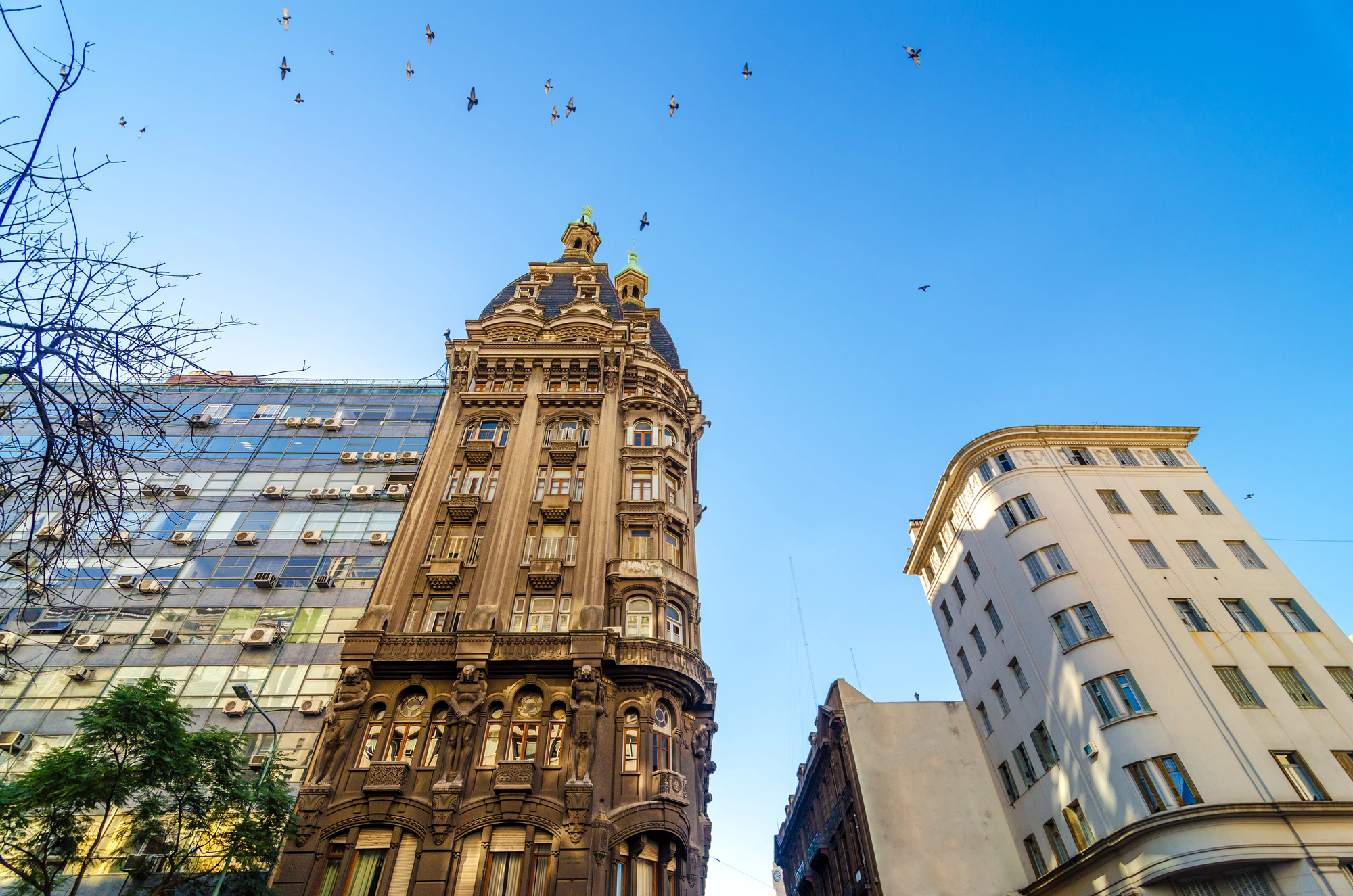
This hidden milonga on the second floor of an aging San Telmo apartment building draws dancers who favor subtle connection over flashy moves – a philosophy evident in every careful step. The tiny elevator – barely fitting three people – naturally limits attendance to those with insider knowledge and considerable patience.
Underneath each dancer, the wooden floor sighs and creaks slightly, adding an acoustic element that connects participants to the building’s hundred-year history.
El Arranque
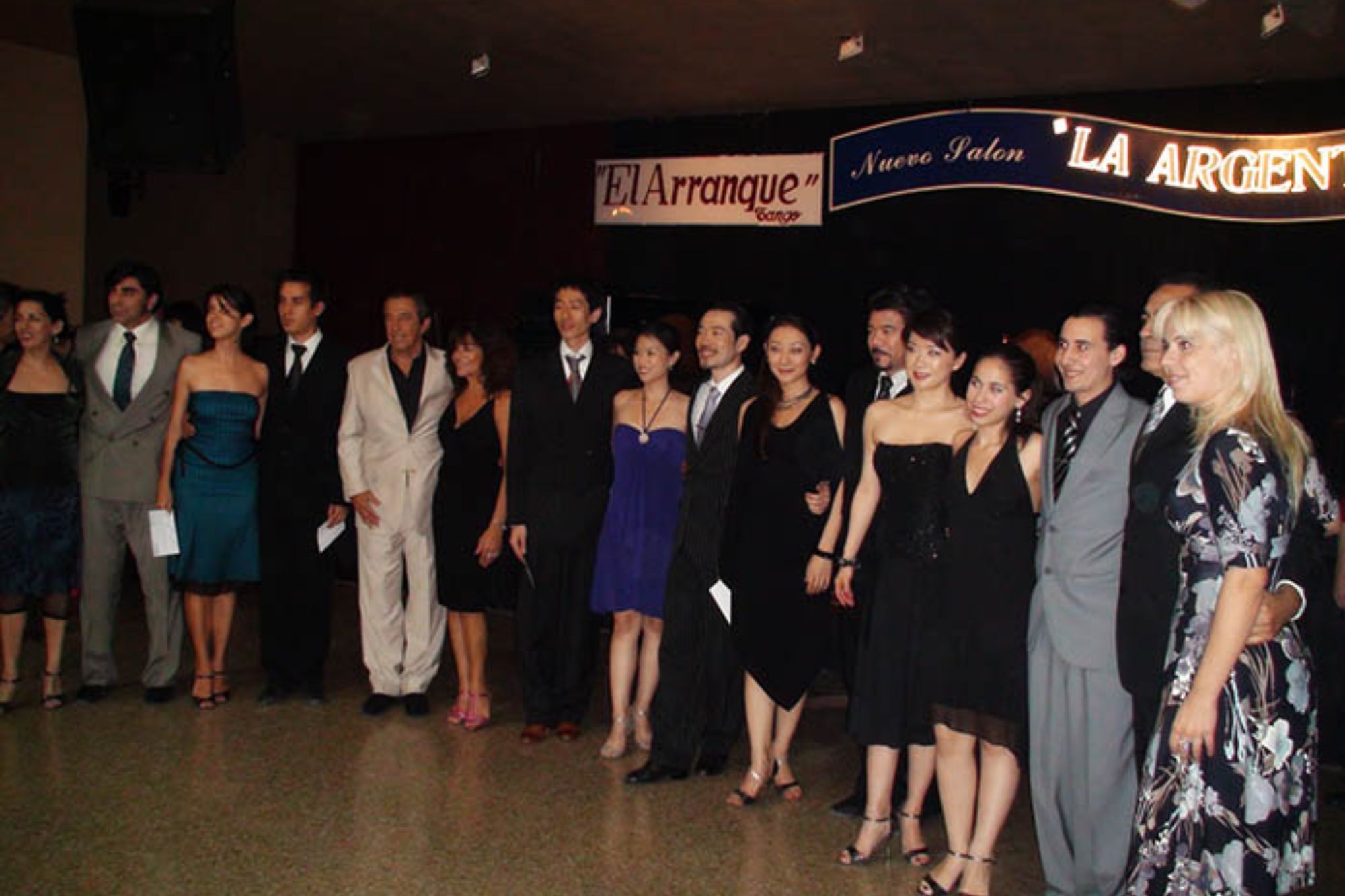
This afternoon milonga attracts a mature crowd preferring daylight dancing to late-night sessions – a practical choice that yields unexpected intimacy. Your modest entrance fee includes coffee and medialunas, fostering a social atmosphere where conversation matters equally to dance.
The organizers maintain strict musical standards featuring exclusively golden age orchestras – creating an environment where traditional tango values flourish without compromise.
Like Travel Pug’s content? Follow us on MSN.
Salón Canning
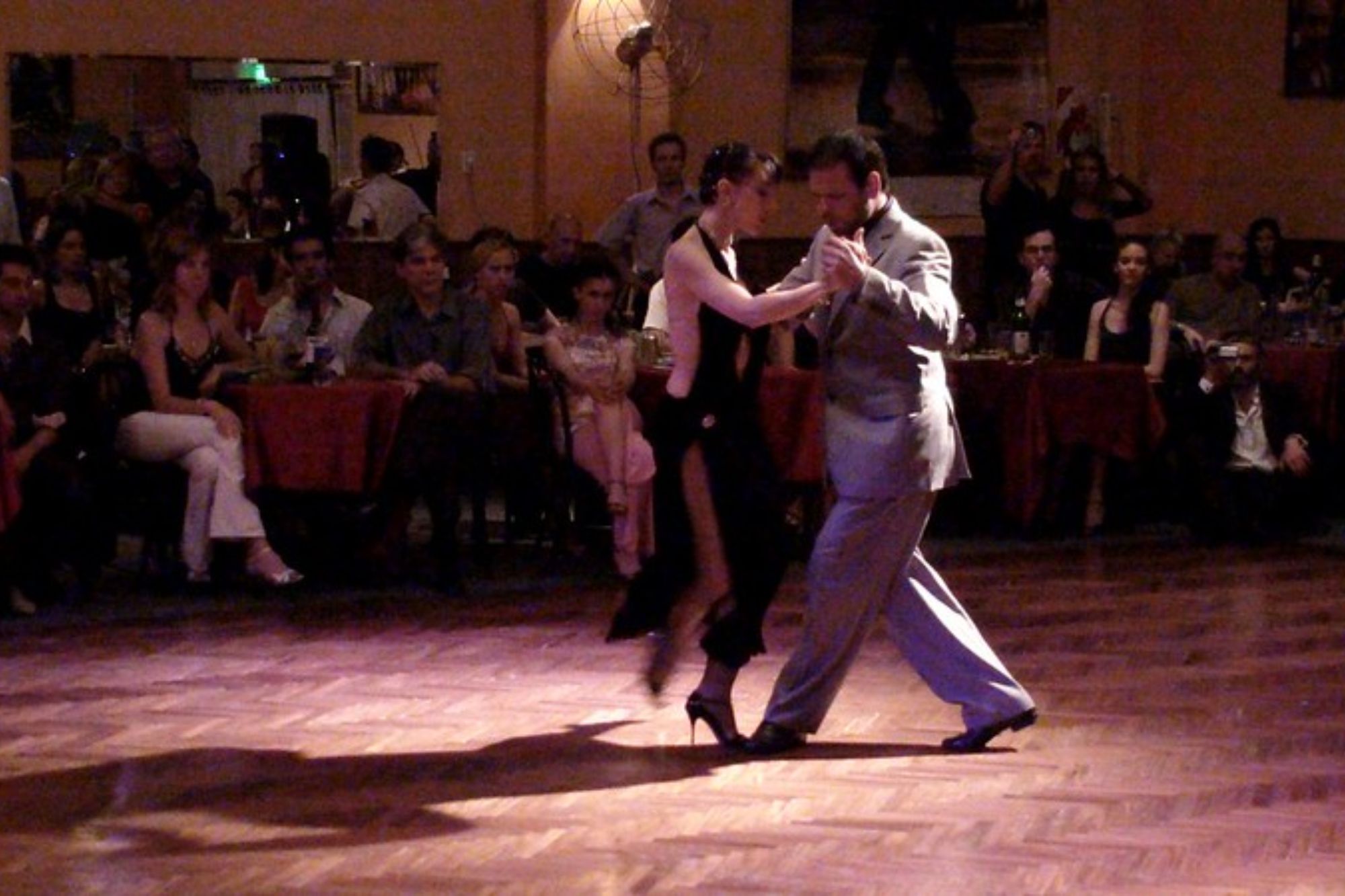
While not entirely unknown to tourists, this venue reveals its true character during weeknight practices when locals reclaim the space for serious dancing – transforming its energy completely. The magnificent wooden floor spans the full length of what was once a grand residence, offering luxurious space for dancers to navigate confidently.
Practice sessions feature subdued lighting and meticulously selected music, allowing complete focus on connection without unnecessary distractions.
La Milonguita
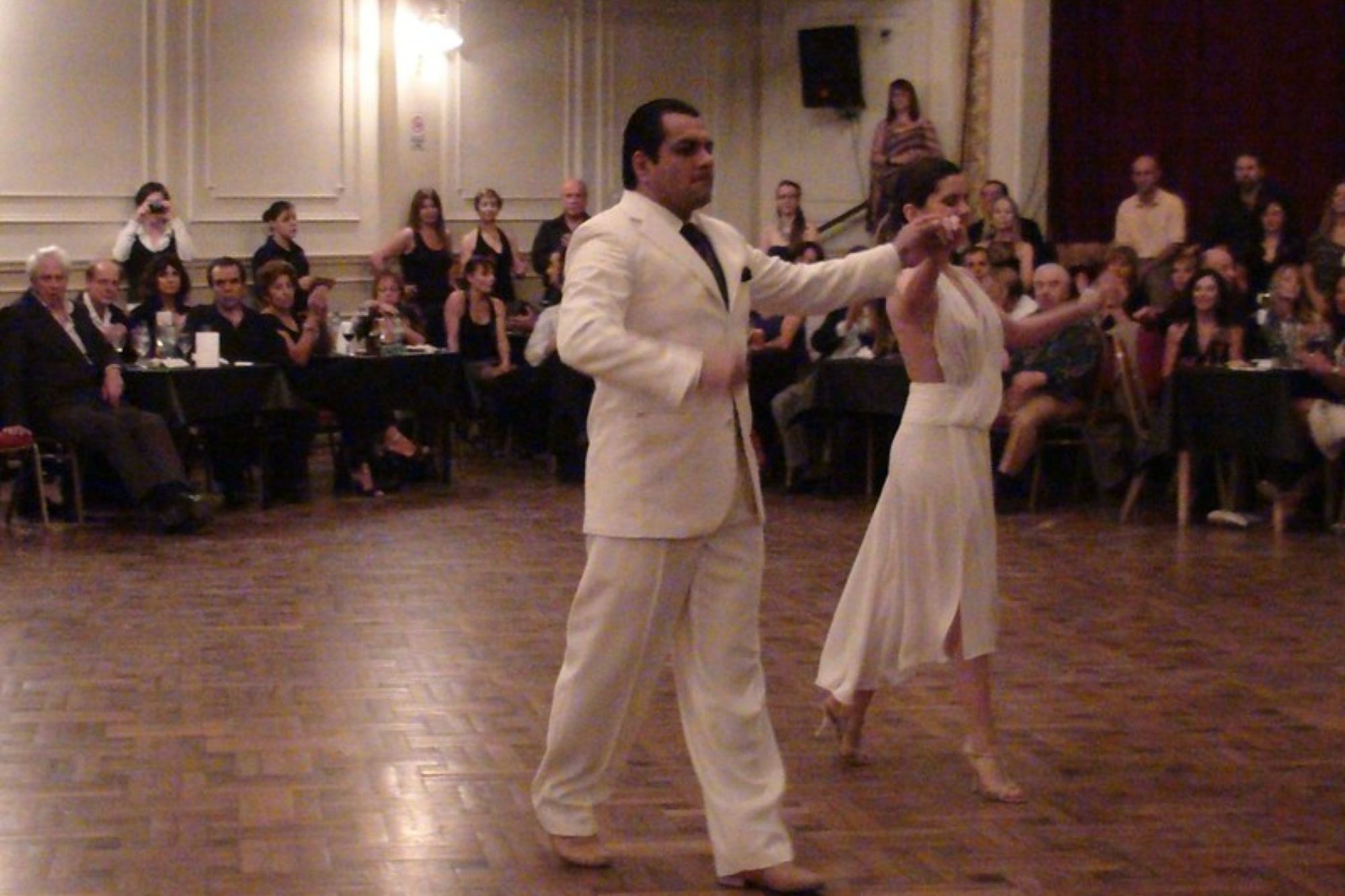
This living room milonga happens in a tango instructor’s private apartment – opened weekly to serious dancers seeking intimate practice space beyond commercial venues. The hostess herself prepares traditional Argentine dishes served precisely at midnight, transforming ordinary breaks into communal dining experiences worth savoring.
Due to spatial limitations, everyone typically exchanges at least one dance with each participant throughout the evening – a democratic approach rarely found elsewhere.
El Fulgor de Villa Crespo

This beloved social club hosts a neighborhood milonga where you’ll often spot multiple generations of the same family dancing together – a touching display of cultural continuity rarely captured in postcards. Reasonably priced drinks and unpretentious décor maintain an atmosphere where dancing skill trumps fashion consciousness or social status.
Between tandas, older dancers share fascinating stories about the venue’s storied history, offering contextual insights you’ll never find in guidebooks.
Like Travel Pug’s content? Follow us on MSN.
La Nacional

This enduring milonga operates within a Spanish immigrant social club that’s remained largely untouched since the 1940s – frozen in time yet vibrantly alive. Organizers enforce traditional codes regarding floor navigation and etiquette, ensuring an orderly experience even during busier sessions.
The room’s excellent acoustics enhance musical nuances without requiring overwhelming volume that would otherwise stifle conversation between dances.
Tangocool
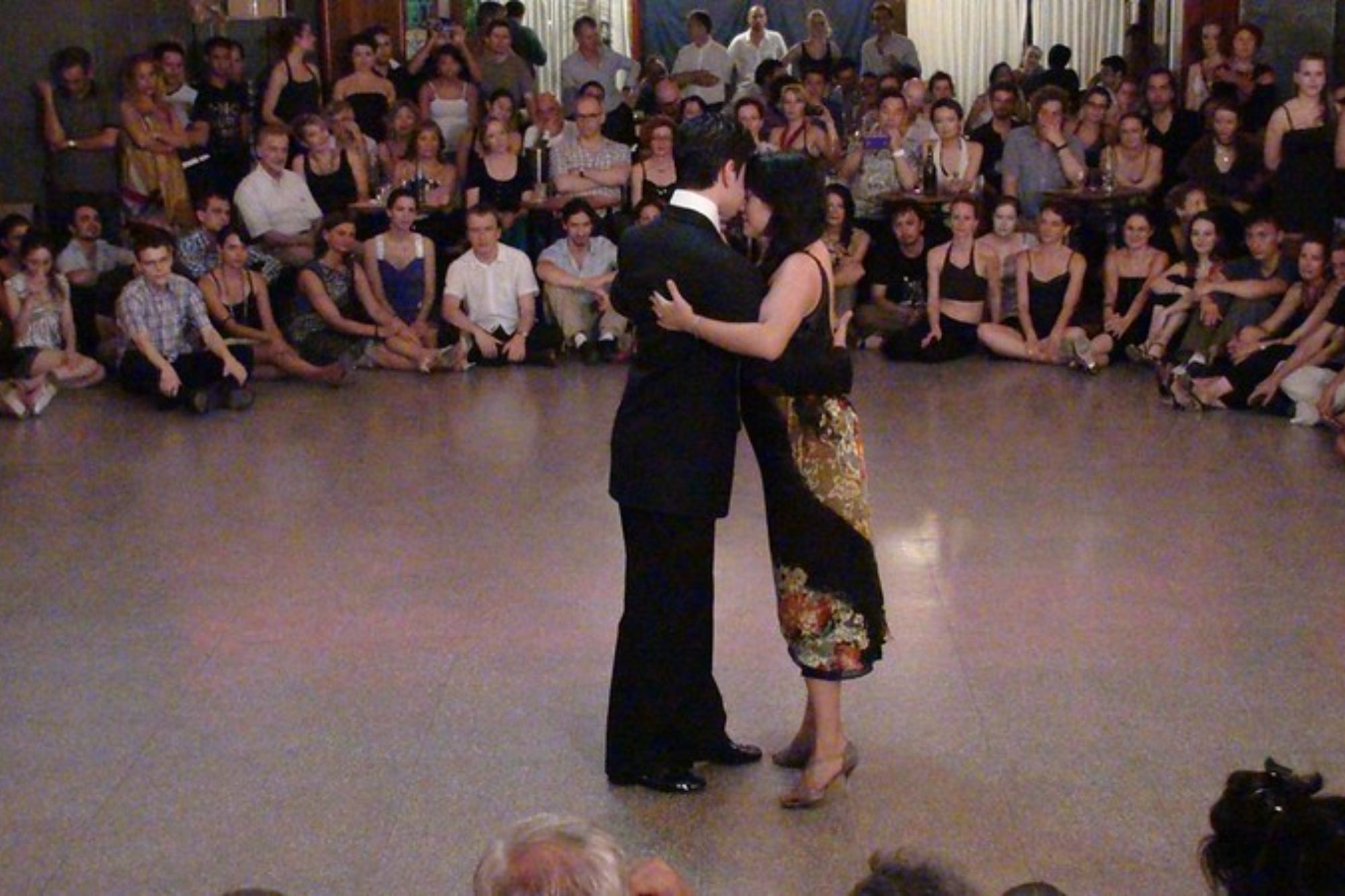
This modest studio in Palermo hosts alternative milongas featuring neotango alongside traditional orchestras. The younger crowd comes serious about dancing despite the contemporized soundtrack. Its modern minimalist space lacks historical gravitas but compensates with exceptional sound quality and functional seating arrangements.
Organizers actively welcome newcomers while upholding dance floor etiquette standards that ensure pleasant navigation for everyone.
La Glorieta

This open-air milonga unfolds in the Barrancas de Belgrano gazebo, where dancing happens in the early evening as park lights gradually illuminate the scene. The completely free event attracts nearby residents who often arrive still dressed in office attire rather than specialized tango costumes.
A casual, democratic atmosphere welcomes shy observers who frequently transform into participants as confidence builds through gentle encouragement from regulars.
Like Travel Pug’s content? Follow us on MSN.
El Motivo Práctica
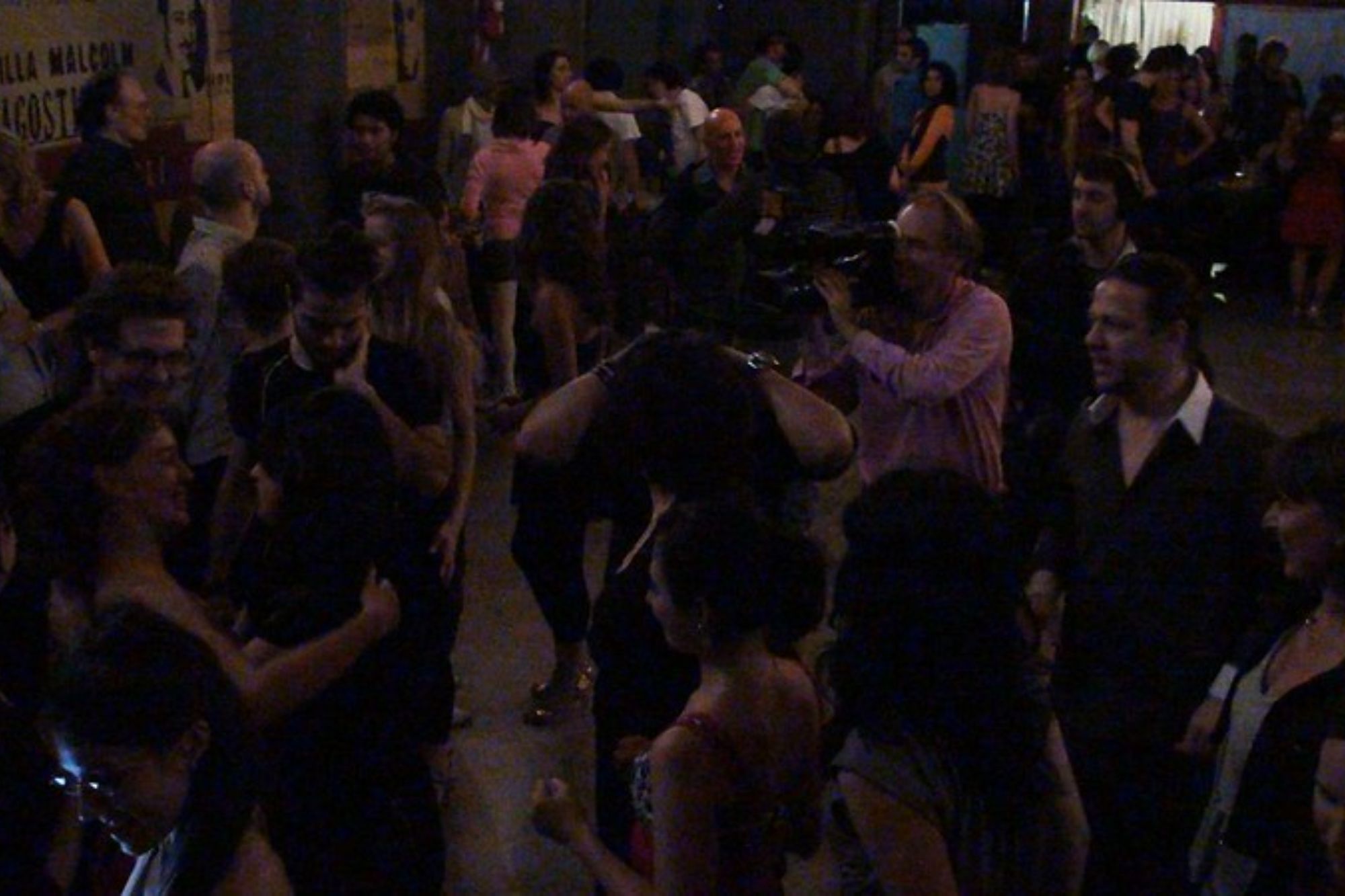
This focused afternoon practice session in a small dance studio emphasizes technique refinement rather than social performance. The instructor occasionally interrupts the music to address common navigation issues, creating an educational environment that improves the entire community’s dance quality.
Mirrors remain intentionally covered during certain segments to help dancers concentrate on internal connection rather than external appearance.
La Milonga del Morán

This charming milonga takes place in a traditional corner café where tables get pushed aside weekly to create a modest dance floor surrounded by neighborhood regulars. The café continues serving its usual customers throughout the event, creating a delightful integration of everyday life with artistic expression.
Vintage tile floors present unique challenges that skilled dancers navigate with adaptations showcasing their technical mastery and improvisational skills.
Plaza Dorrego Practice
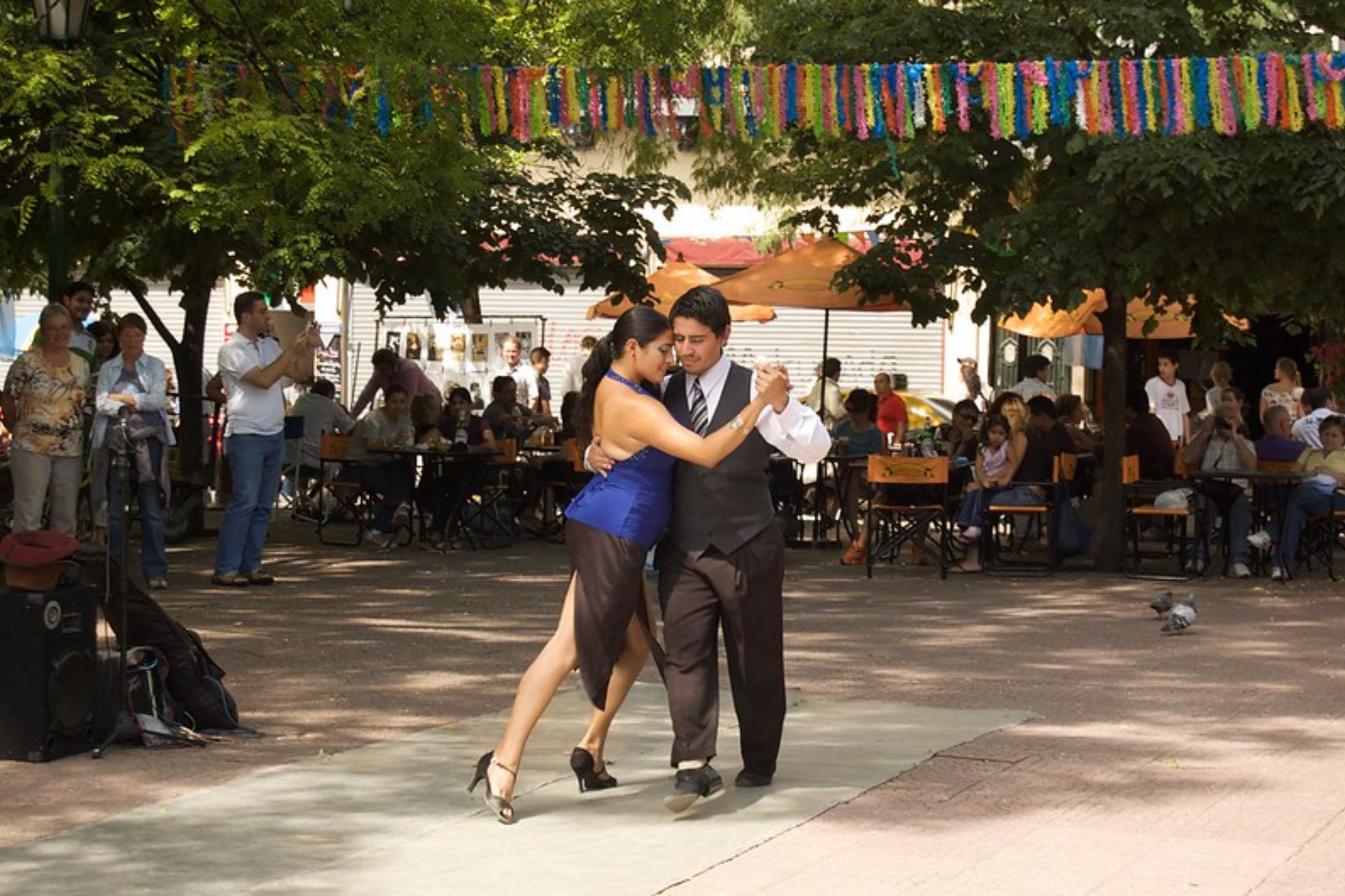
This informal outdoor gathering happens early Sunday mornings before the famous San Telmo market crowds descend upon the area. Dedicated dancers meet to practice in the tranquil plaza, where the smooth stone surface provides surprising traction for technical movements.
Natural morning light and fresh air create a rejuvenating alternative to the atmospheric but often stuffy traditional milonga venues found throughout the city.
Like Travel Pug’s content? Follow us on MSN.
The Heartbeat Beyond the Spotlight
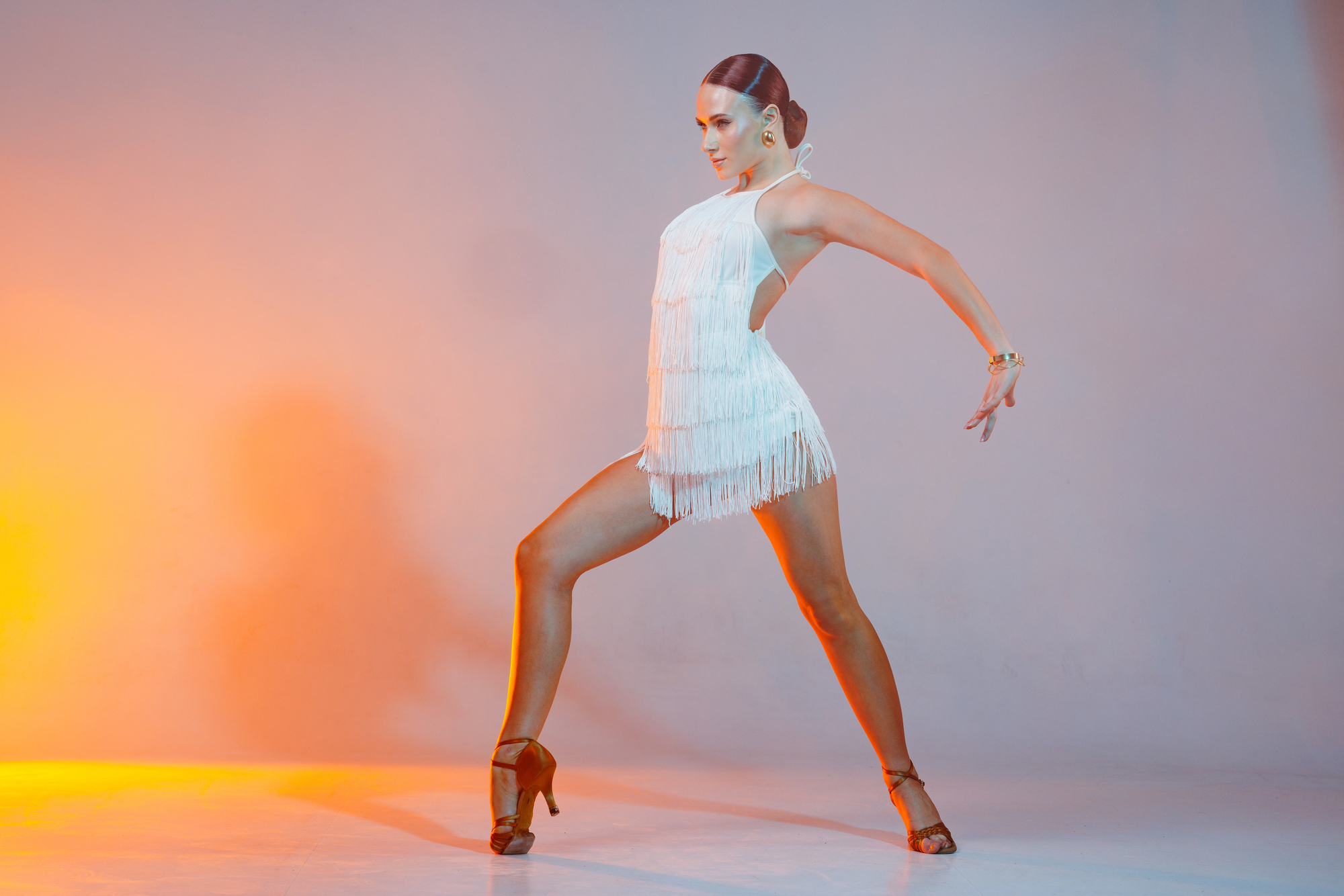
These hidden tango sanctuaries reveal the dance as a living cultural practice and not a museum piece or commercial export. The authentic interaction between dancers, music, and society continues to evolve in these sanctuaries from the homogenizing grasp of tourism.
If you want to polish your form, discover tango’s cultural context, or simply experience the dance in its own habitat, these locales offer glimpses into the heart of Buenos Aires, unavailable to those following typical tourist paths.
More from Travel Pug

- Cities Growing so Fast You Won’t Recognize Them in 10 Years
- 13 Destinations Where Tourists Regularly Regret Their Trip
- 20 Obscure WWII Sites Even History Buffs Don’t Know About
- 10 Under-the-Radar Mountain Towns That Are Both Affordable and Beautiful
- Remote Villages in Europe Where You Can Live for Free in Exchange for Work
Like Travel Pug’s content? Follow us on MSN.
